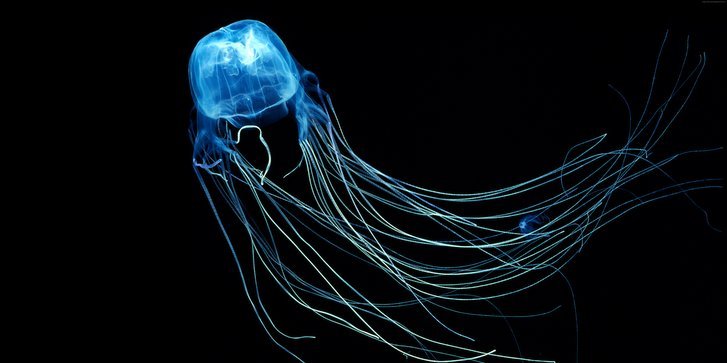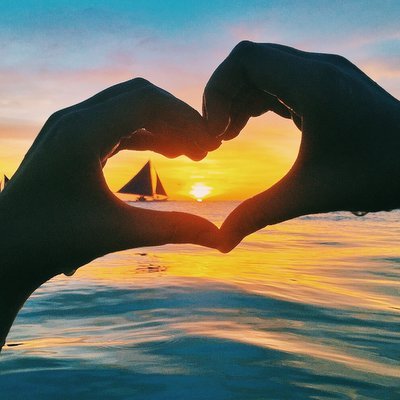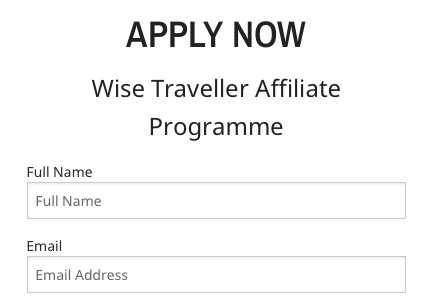Viral horror stories have given Australia a hyped up fearsome reputation as a land of deadly creatures; when in reality you are more likely to die falling off a horse, than being eaten by a crocodile.
Australia does have scary hairy spiders, ferocious snapping crocodile jaws, slithering deadly snakes, man-eating white pointer sharks that do jump into fishing boats and the pretty and poisonous blue-ringed octopus - but the creatures that cause the most deaths in Australia are bees, due to allergic reactions. Snakebites come in second mainly due to foolish intoxicated souls picking them up, followed by box jellyfish stings when people have ignored the warning signs on the beaches.
How To Avoid Shark Bites
The media hype surrounding shark attacks imprints itself on your brain, but in fact they are very rare, with fatalities averaging around 3 per year.
If you don't want to be on a shark's dinner menu:
Avoid swimming alone, a long way offshore, at river mouths or along the drop off point into deep water. | |
Beware of swimming in canals or rivers, as this is where bull sharks, hammerhead sharks and juvenile white pointers like to lurk. | |
Don't swim at dusk or during the evening in the ocean, as this is definitely when a shark may confuse you with a tasty morsel. |
There is shark netting on many of Australia's popular beaches, but to be on the safe side always swim between the flags on patrolled beaches because you are splashing around in a shark's living room. Surfers seem to be the preferred item for shark's to munch on, as the shark confuses the black shiny wetsuit with a seal.
How To Avoid Crocodiles Bites
The terrifying monstrous saltwater crocodile hangs around coastal estuaries and rivers across the top of Australia.
Do not swim in tidal rivers, deep pools or mangrove shores. | |
Be aware of safety signs and talk to a local - if you plan on camping, fishing or boating in the far north, it is advisable to find out the current situation. |
Crocs have a nasty habit of stalking their prey and hiding just below the water's surface. If you repeatedly clean your freshly caught barramundi at a boat ramp or on the riverbank of an estuary where you are camped, chances are there will be beady eyes on you.
The smaller freshwater crocodiles that also lurk in the north are not in the habit of eating people, but they will bite if provoked or cornered.

How To Avoid Jellyfish Stings
From November to April each year the deadly venomous and tiny irukandji jellyfish makes an appearance in Northern Australia's coastal waters, as well as its equally poisonous but larger relative, the box jellyfish, of which there are 16 varieties.
Do not swim in the ocean unless you are in a stinger-resistant netted enclosure wearing protective clothing that is locally referred to as a "body condom". | |
Be wary walking along the beach. Depending on tides and winds jellyfish can be washed up and their stingers remain painful even after death. |
Better yet, stick to swimming at one of the many waterfalls, rock pool swimming holes or your hotel swimming pool, as the locals do.
How To Avoid Snake Bites
Australia is home to 21 of the world's 25 most deadly snakes, but bites are quite rare. Snakes are generally harmless if left alone to do their own thing, like having a sun bathe in the middle of a bush pathway or on a track of rusty red earth in the outback.
When checking out the stunning national park trails wear sturdy boots and make sure you stomp loudly when walking through bushland. | |
Never put your hand down a mysterious hole in the ground or poke around in woodpiles, as snakes like to hide. | |
Never prod a snake with a stick or try to pick one up because it will quickly defend itself with its poisonous fangs. |
If you see a snake whilst hiking, divert yourself around it if the snake doesn't willingly slither out of your way. These cold-blooded killers are most active during the summer months.
How To Avoid Hairy Arachnid (aka Spider) Bites
Australia does have some of the most dangerous creepy crawlies in the world, but the good news is that hospitals have anti-venom available. A death in 2016 was the first recorded death from a spider bite since 1981.
Never poke your finger or touch a spider of any sort; they believe they are entitled to their own personal space as much as you or I and will bite if they feel threatened. | |
If leaving your shoes outside the house always check them before putting them on, most spiders like to hide and shoes offer a ready made home. |
The Sydney funnel-web spider, which only lives in and around Sydney, can cause grief for young children plus old or frail souls. The red back spider can be found all over the country, in nooks and crannies. Other toxic spiders include the mouse spider, the trap door spider, the white tail spider, the golden orb, the fiddle back and the list goes on. Spider bites are all treatable with anti-venom.
There is a huge list of bloodthirsty creatures such as dingoes, centipedes, scorpions, stonefish, cone snails and those cuddly koalas actually have talon like claws. Emus, cassowaries and kangaroos can launch lethal attacks with their claw decorated feet and disembowel a human. The infamous boxing red kangaroos that can reach 7 feet tall can knock out a man and even the cute platypus has a nasty poisonous spur on its back legs.
Use a bit of common sense whilst exploring Australia's incredible and diverse landscape and you will realise that these deadly critters are not purposely out to get you, in fact if you give them the chance, they will run a mile from you. This does not normally apply to crocodiles however.
Australia is a big country, so forget about the hype and sensationalism of its' marauding beasts, as humans have survived living in Australia for over 40,000 years in spite of them.
Gail Palethorpe, a self proclaimed Australian gypsy, is a freelance writer, photographer and eternal traveller. Check out her website Gail Palethorpe Photography and her Shutterstock profile.















